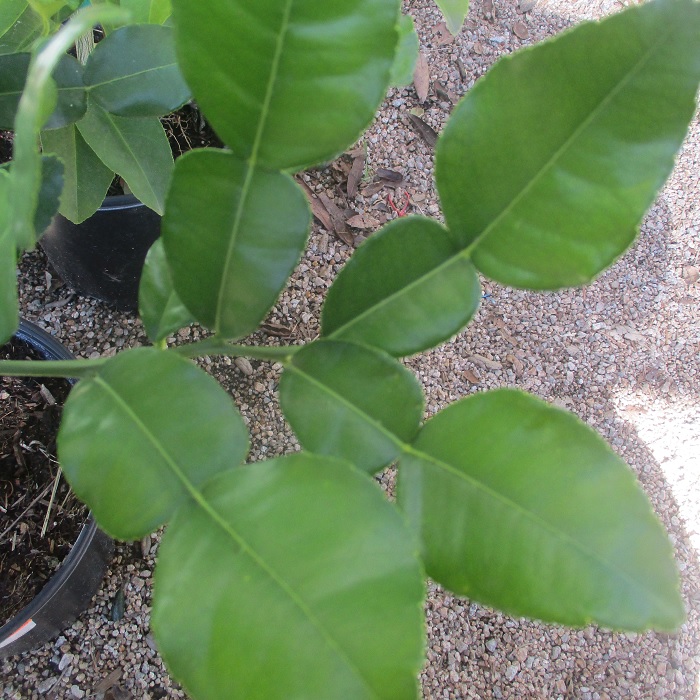UNITED STATES—Out in deserts, where vegetation can be a scarce commodity, cacti, agaves and yuccas protect themselves from grazing animals with thorns, spines, caustic sap and distastefully textured foliage. None of these defense mechanisms is perfect. They only need to be better than what the competing specie are using. Many plants find that objectionable flavor and aroma work just fine for them.
The funny thing about the objectionable flavors and aromas that some plants use to discourage grazing animals from eating them, is that these same flavors and aromas are what make so many of them appealing to people. It is ironic that what was supposed to make them distasteful to some is what makes them tasty to others. Yet, it also gets us to perpetuate them in our home gardens.
Mint, thyme, lavender, rosemary and sage, which all happen to be in the same family, are culinary herbs that also work well in the landscape. The mints need the most watering, and containment if their innate invasiveness is a concern. Thymes need less water, and some are nicely aromatic ground cover for small areas. Lavenders and rosemaries can survive with minimal watering here.
Both rosemary and sage are popular for landscaping anyway. Rosemary is most commonly grown as a ground cover that cascades nicely over low retaining walls, but some cultivars are shrubby. Sages are extremely variable. Some are showier than they are useful in the kitchen, with elegant and colorful flower spikes. Others are too strongly aromatic to cook with, but are used as incense.
Fennel and chamomile are often grown in vegetable gardens rather than out in the more refined parts of the landscape because they can get somewhat awkward. Fennel has such nice feathery foliage at first, but if not harvested, it gets tall, and then yellows after bloom. Chamomile gets tall and open in bloom, and then no one wants to ruin it by harvesting all the flowers if it looks too good. Chives are easier to work with. They have so many leaves that no one misses a few taken for the kitchen.
Highlight: makrut lime
Of all the weird citruses available, this is one of the strangest. Makrut lime, Citrus hystrix, is not grown for its ugly wrinkled fruit. The rind and the juice are only rarely used for culinary or medicinal purposes. The important part of makrut lime is the aromatic foliage, particularly the modified petiole ‘wings’ that look like leaves. Fresh or dried, they are popular in the cuisine of Southeast Asia.
Mature trees can eventually reach second story eaves, but are usually kept significantly lower. They are so shrubby that even large trees should have plenty of foliage within easy reach from the ground. Once a tree gets overgrown, it is not as easily pruned lower as some other citrus trees are. Pruning stimulates vigorously long and arching stems, rather than more desirable fluffy growth.
The winged petioles are almost as long and wide as the actual leaves are. In fact, they look just like the leaves, making them look like ‘double leaves’. Although the petiole wings separated from the petiole are supposedly the most aromatic parts, leaves are useful too. The hard fruits are about as big as golf balls, and are the same rich green as the foliage, until they ripen to a light yellow.
Horticulturist Tony Tomeo can be contacted at tonytomeo.wordpress.com.






